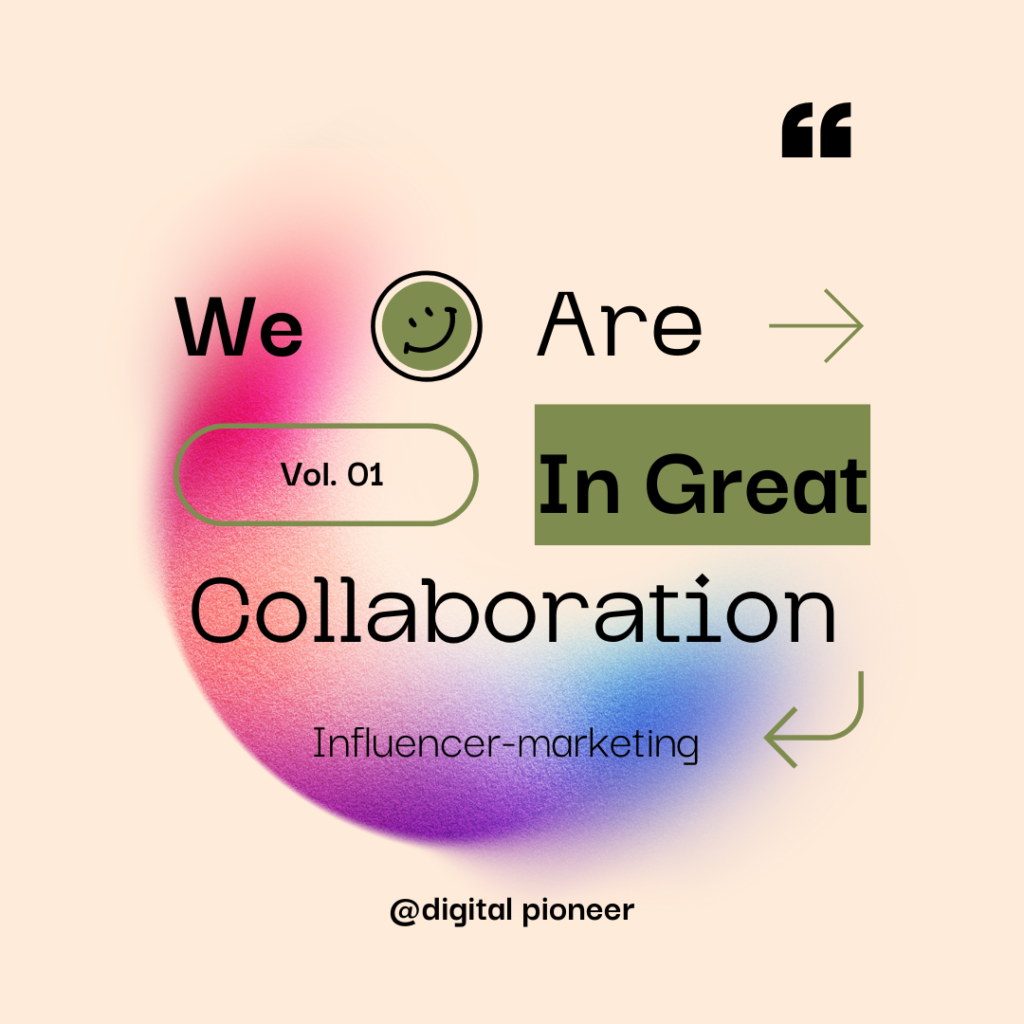
What is Influencer marketing?
Influencer marketing is a strategy where brands partner with individuals who have a large and engaged following on social media platforms, blogs, or other online spaces. These influencers help promote products, services, or brands to their audience, leveraging their trust and credibility to drive awareness, sales, or engagement.
Here are key components of influencer marketing:
-
Influencers: These are people who have a significant online presence, typically on platforms like Instagram, YouTube, TikTok, or Twitter. Influencers vary by follower count, from micro-influencers (1,000–10,000 followers) to macro or mega-influencers (millions of followers).
-
Collaboration Types: Sponsored Posts, Product Reviews, Affiliate Marketing, Giveaways
-
Targeting: Brands often collaborate with influencers whose audience aligns with their target market
-
Content Creation: Influencers are typically given creative freedom to present the product in a way that resonates with their followers
-
Metrics and ROI: Success is often measured by engagement rates (likes, comments, shares), impressions, clicks, conversions, and overall return on investment (ROI).
Drive ROI with Influencer marketing on Social media
Steps to Choose the Right Influencer for Your Campaign
Influencer marketing on platforms like Instagram, TikTok, and YouTube offers numerous benefits for brands looking to engage with audiences in creative and impactful ways. Here’s how these platforms provide unique advantages:
1. Instagram:
- Visual Appeal: Instagram is a highly visual platform, making it perfect for showcasing
- Engagement Features: Instagram offers interactive features like polls, quizzes, and swipe-ups (for stories)
- Highly Targeted Audience: Instagram has a robust algorithm that allows brands to reach their ideal audience
- Stories & Reels: These features let influencers create content that feels more authentic and temporary.
2. TikTok:
- Viral Potential: TikTok’s algorithm has a unique ability to make content go viral
- Youth Demographic: TikTok is particularly popular with younger audiences
- Short-form, Engaging Content: The short, snappy nature of TikTok videos
3. YouTube:
- Long-form Content: YouTube allows for more in-depth, long-form content
- Video Content: Video is the most engaging type of content online, and YouTube
- Evergreen Content: YouTube videos have a long shelf life. Unlike Instagram
- Searchability & SEO: YouTube videos are indexed by Google
General Benefits of Influencer Marketing Across These Platforms:
- Trust and Credibility
- Wide Reach
- Creative Content
- Social Proof
- Cost-Effective



How to Choose the Right Influencer for Your Brand
- Understand Your Brand’s Goals
Objective: What do you want to achieve with this collaboration? Are you looking to increase brand awareness, drive sales, promote a new product
Target Audience: Define who your ideal customers are in terms of demographics, interests, and behaviors.
- Identify Influencer Types
Influencers fall into various categories depending on their following:
Nano-influencers: Less than 10k followers; often have a very engaged and niche audience.
Micro-influencers: Between 10k and 100k followers; they often offer a more personal connection with their followers.
Macro-influencers: Between 100k and 1 million followers; they offer broader reach and have significant credibility.
Mega-influencers: Over 1 million followers; they have widespread influence
- Evaluate Engagement, Not Just Follower Count
Engagement Rate: Look at likes, comments, shares, and overall interaction on their posts.
Authenticity: Check whether the influencer’s followers interact in meaningful ways, such as having conversations
- Assess Content Quality
Relevance: Does the influencer’s content resonate with your brand values and message?
Creativity: Evaluate how they present sponsored content.
- Check for Brand Fit and Values
Brand Alignment: Does the influencer’s personal brand align with your company’s mission and values?
- Analyze Audience Demographics
Location: Make sure their audience is in the geographical area
Age, Gender, Interests: Check whether their followers match the demographic profile of your target market.
Audience Quality: Be wary of influencers with fake or inactive followers. Tools like Social Blade, HypeAuditor.
- Assess Authenticity and Reputation
Online Behavior: Research the influencer’s online presence outside of their main platform
- Budget and ROI
Cost vs. Return: Influencers charge different rates depending on their following and influence. Establish your budget
How to Measure Influencer Marketing KPIs Effectively
To measure influencer marketing KPIs (Key Performance Indicators) effectively, you need to focus on several qualitative and quantitative metrics that provide insights into the campaign’s success. Here’s how to approach it:
Engagement Rate:
- What to Track: Monitor how much interaction the influencer’s content is getting in terms of likes, comments, shares, and saves.
Reach and Impressions:
- What to Track: Reach measures how many unique people saw the influencer’s post, while impressions track the total number of times the content was displayed.
Website Traffic:
- What to Track: Monitor any changes in website traffic that can be attributed to the influencer’s posts
Sales and Conversions:
- What to Track: Keep an eye on any changes in sales figures, especially those linked directly to the influencer’s campaign (via promo codes, affiliate links, or tracked URLs).
Brand Sentiment and Feedback:
- What to Track: Monitor the tone of the comments, reviews, or messages around the influencer’s content. You can use sentiment analysis tools
Audience Growth:
- What to Track: Track the increase in your own social media followers and subscribers during and after the campaign. Pay attention to who follows you—if they match the target demographic, that’s a good sign.
Content Performance:
- What to Track: Evaluate how the content performs in terms of video views, likes, shares, and comments. Assess whether the influencer’s creative approach resonates with the audience.
Return on Investment (ROI):
- What to Track: ROI can be gauged by comparing the overall costs of the influencer campaign (including payment to the influencer and any associated marketing expenses) to the tangible results like sales, leads, and conversions
Brand Awareness and Recall:
- What to Track: Conduct surveys or social listening to understand if the influencer campaign has led to an increase in brand awareness